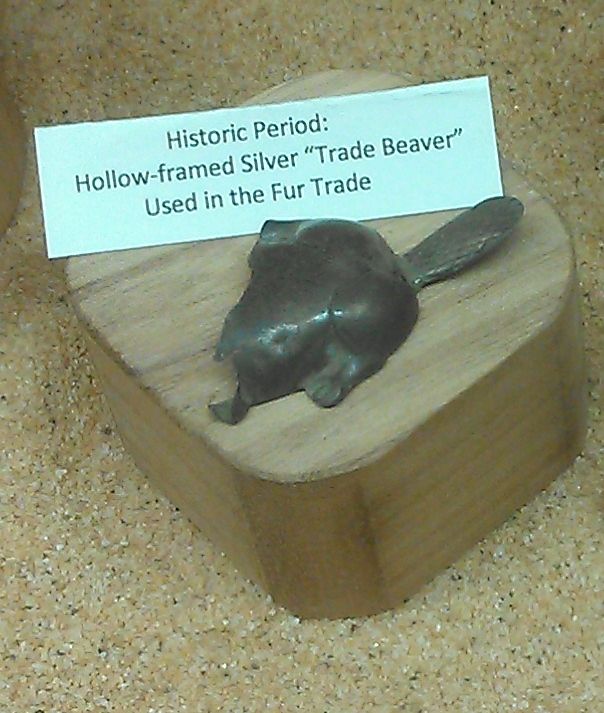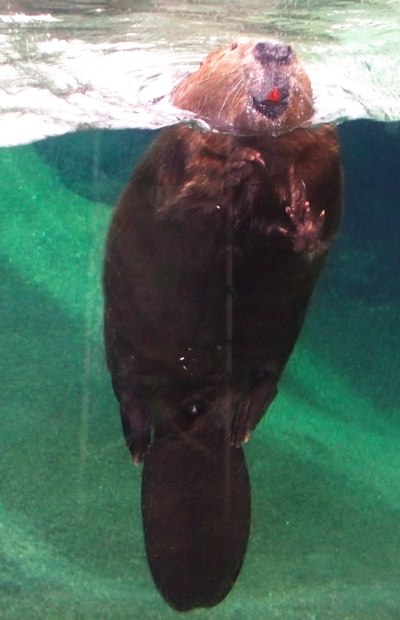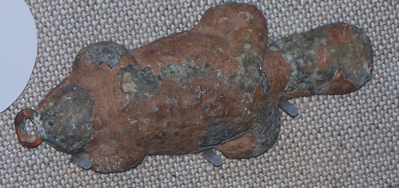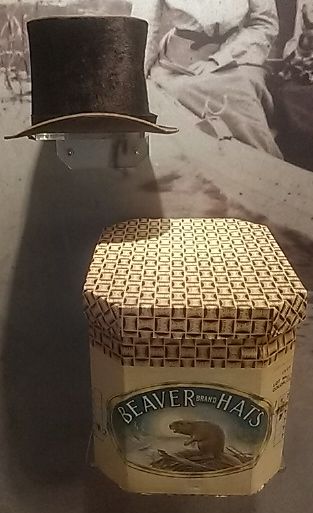Encyclopedia Dubuque
"Encyclopedia Dubuque is the online authority for all things Dubuque, written by the people who know the city best.”
Marshall Cohen—researcher and producer, CNN
Affiliated with the Local History Network of the State Historical Society of Iowa, and the Iowa Museum Association.
FUR TRADE
FUR TRADE. The search for furs was one of the primary reasons for French exploration of the Mississippi Valley. Animals hunted included BEAVERS and RIVER OTTERS. By the late 1700s, the value of the fur trade on the Upper MISSISSIPPI RIVER was estimated by a representative of Napoleon at $240,000. Another estimate in 1804 placed the value of the trade annually at St. Louis alone, where Julien DUBUQUE sold nearly all his furs, at $203,000.
Dubuque intended to remain in the trading and trapping business only as long as it was required to payoff his debts. In 1806 he outfitted a band of men to trap beaver on the Missouri River. The trappers, encountering the DAKOTA along the Des Moines River, gave up any attempt to move farther west. They informed Dubuque of their misadventure and had their debt for supplies extended into the next year. Dubuque occasionally attempted to pay small debts with furs.






